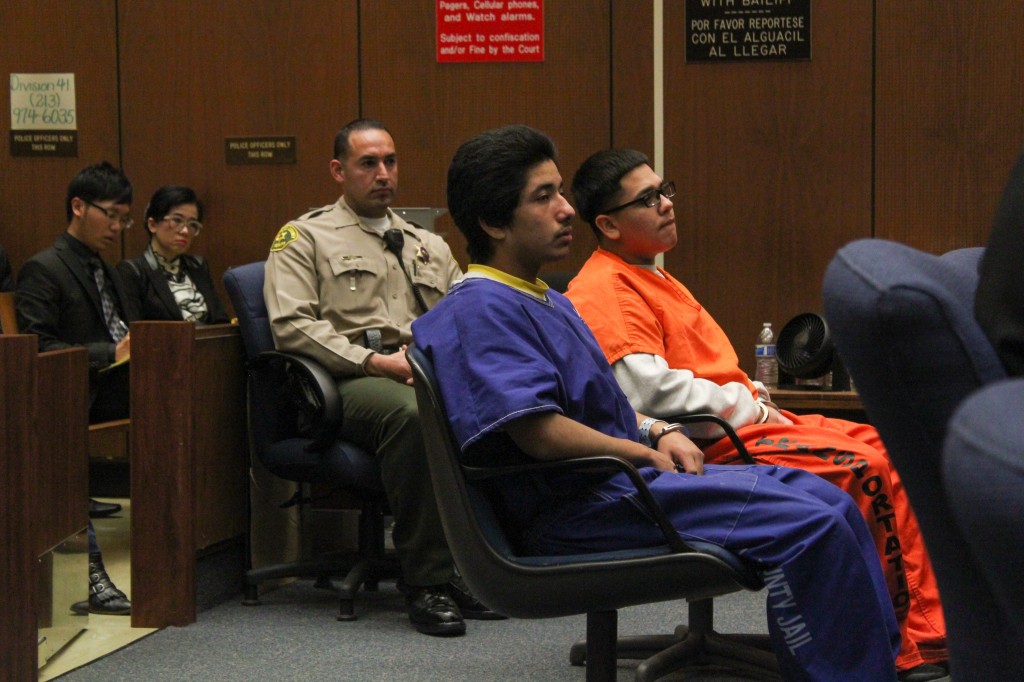
Jonathan DelCarmen and Alberto Ochoa listen to witnesses give testimony as Rose Tsai, attorney for Xinran Ji’s parents, watches from the audience. | Daina Beth Solomon
By Daina Beth Solomon, Celeste Alvarez and Olivia Lavoice
Xinran Ji died from swelling and bleeding inside his brain after being struck on the head at least six times with a blunt object, possibly a baseball bat, testified a L.A. County medical examiner Wednesday as prosecutors revealed evidence about the killing.
The 24-year-old from China was attacked last summer in an attempted robbery near his apartment, blocks from where he studied engineering at the University of Southern California.
Deputy medical examiner Louis Pena said any one of six blows could have been fatal. Ultimately, the brain stem, which controls one’s breathing and heart rate, failed as capillaries ruptured and bled. [Read more…]










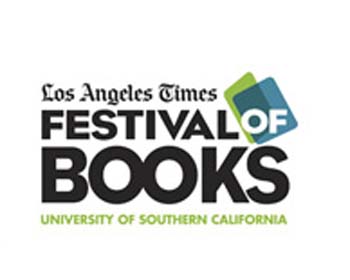 For 10 years, the Festival of Books was held on UCLA’s campus in Westwood. Moving it to USC brings it closer to the city’s center and gives thousands of people a fresh look at South Los Angeles.
For 10 years, the Festival of Books was held on UCLA’s campus in Westwood. Moving it to USC brings it closer to the city’s center and gives thousands of people a fresh look at South Los Angeles.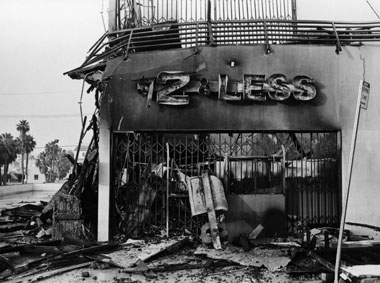
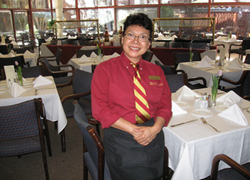
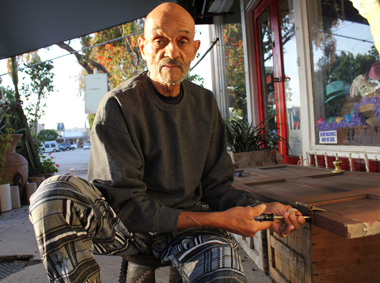
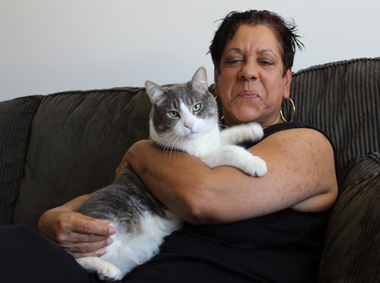
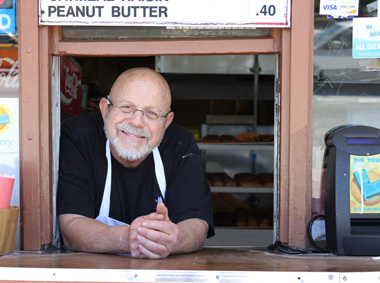
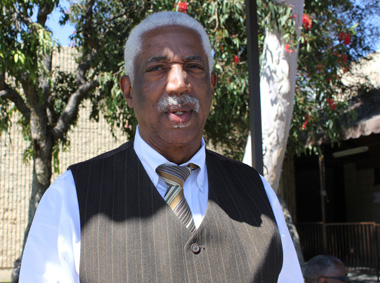
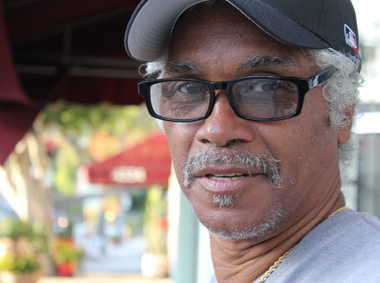
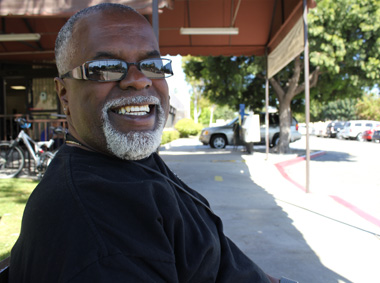
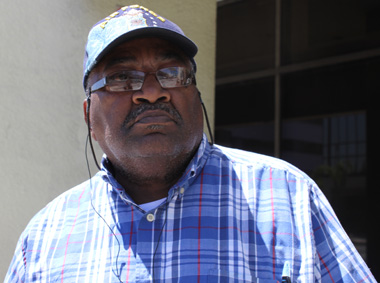
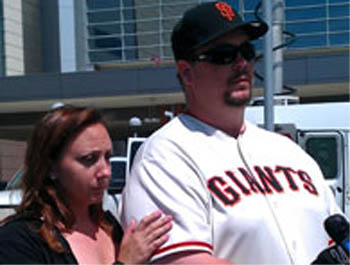 Dr. Gabrial Zada: “And he required a life-saving operation to decompress the brain and reduce the pressures, which was successful. However, since that time, he has remained in a comatose state, and our medical team has done and is doing everything to ensure that the most optimal outcome that is possible is achieved.”
Dr. Gabrial Zada: “And he required a life-saving operation to decompress the brain and reduce the pressures, which was successful. However, since that time, he has remained in a comatose state, and our medical team has done and is doing everything to ensure that the most optimal outcome that is possible is achieved.”

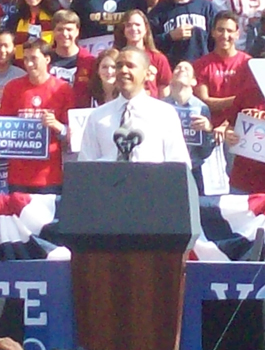 At 2:05 pm on Friday, President Barack Obama stepped to the podium placed on the steps of Doheny Library at the University of Southern California.
At 2:05 pm on Friday, President Barack Obama stepped to the podium placed on the steps of Doheny Library at the University of Southern California. 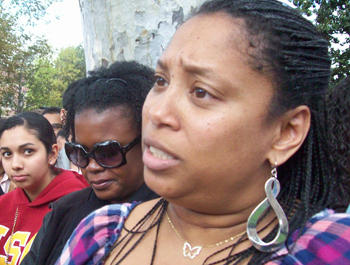 For the majority of the audience, Obama was the big draw to the rally. Supporters were adorned in “Yes We Can” T-shirts and Obama blankets.
For the majority of the audience, Obama was the big draw to the rally. Supporters were adorned in “Yes We Can” T-shirts and Obama blankets.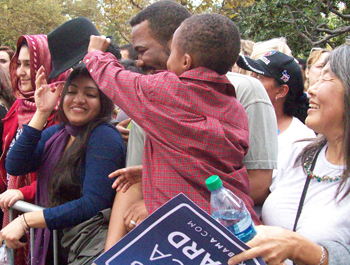 Pilar Posada, a West Covina resident, spoke out against the economic downfall.
Pilar Posada, a West Covina resident, spoke out against the economic downfall.





